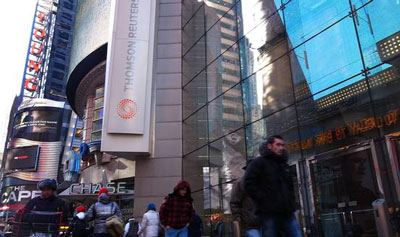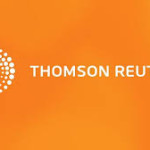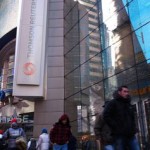Forex’s ‘Last Look’ Practice Gets Curbed

Two of the world’s biggest currency-trading platforms will restrict a controversial industry practice
Two of the world’s biggest currency-trading platforms plan to restrict a controversial industry practice in which banks can pull out of trades at the last moment if the market moves against them.
Thomson Reuters Corp. and BATS Global Markets Inc. will limit the practice, known as “last look,” on their platforms in coming weeks, in a move aimed at increasing transparency in the foreign-exchange market.
The change comes amid a broader shake-up of the trading industry prompted by concerns about traders’ efforts to manipulate a range of financial markets. Markets for precious metals, interest rates, stocks and currencies have all come under scrutiny from regulators in recent years because of allegations of inappropriate behavior.
Regulators in the U.K., the global hub for foreign-exchange trading, are expected to report next month on their own review into the supervision and transparency of some markets, including the foreign-exchange market. The so-called Fair and Effective Markets Review, or FEMR, specifically asked asset managers and other bank clients about their views on last look.
While some foreign-exchange platforms already don’t permit last look, it is still allowed on some large venues, including Hotspot, owned by BATS; and FXall, owned by Thomson Reuters. Hotspot and FXall account for about 25% of clients’ electronic forex trading, according to financial-industry consultants Greenwich Associates.
The last look practice is a legacy of over-the-phone currency trading, when traders would take a final check of the market before executing an order. It has survived even as foreign-exchange trading moved onto electronic platforms, leaving banks with the option to back out of an order after it was accepted by a client.
Thomson Reuters and BATS plan to tighten the time frame for canceling quotes and introduce a minimum acceptance rate banks have to respect.
Phil Weisberg, global head of foreign exchange at Thomson Reuters, said last look requires “more clarity.” Some clients don’t understand “the rules of engagement with the bank” and “are confused about trading protocols,” he added, referring to the exact conditions banks have to respect on the execution of each specific trade.
William Goodbody, head of FX at Hotspot, said, “Last look is a widely used practice in the industry. To make it work, it needs a clear set of guidelines.”
In June 2014, the U.K. Treasury, the Bank of England and the Financial Conduct Authority, the U.K.’s financial watchdog, launched the FEMR to consider ways to improve the supervision and transparency of some markets. FEMR findings, due to be released on June 10, are expected to establish rules on the execution of currency trades.
Foreign exchange is a highly unregulated market, compared to stock trading, as currencies aren’t traded on exchanges.
Banks’ foreign-exchange trading clients are likely to welcome the move to curb last look, said Kevin McPartland, a principal at Greenwich Associates.
“Giving market participants more visibility into where, how and with whom their orders are executed is a good thing,” Mr. McPartland said.
Javier Paz, a senior consultant at Aite Group, said last look echoes the equity-market practice of “spoofing,” an illegal strategy in which traders place orders they don’t intend to execute to move the market to their advantage.
But there are also some significant differences, he said. In spoofing, a trader places an offer to buy or sell, then cancels it quickly, whereas in last look, there’s always a client willing to execute one side of the trade, Mr. Paz said.
Source: WSJ – Forex’s ‘Last Look’ Practice Gets Curbed


























